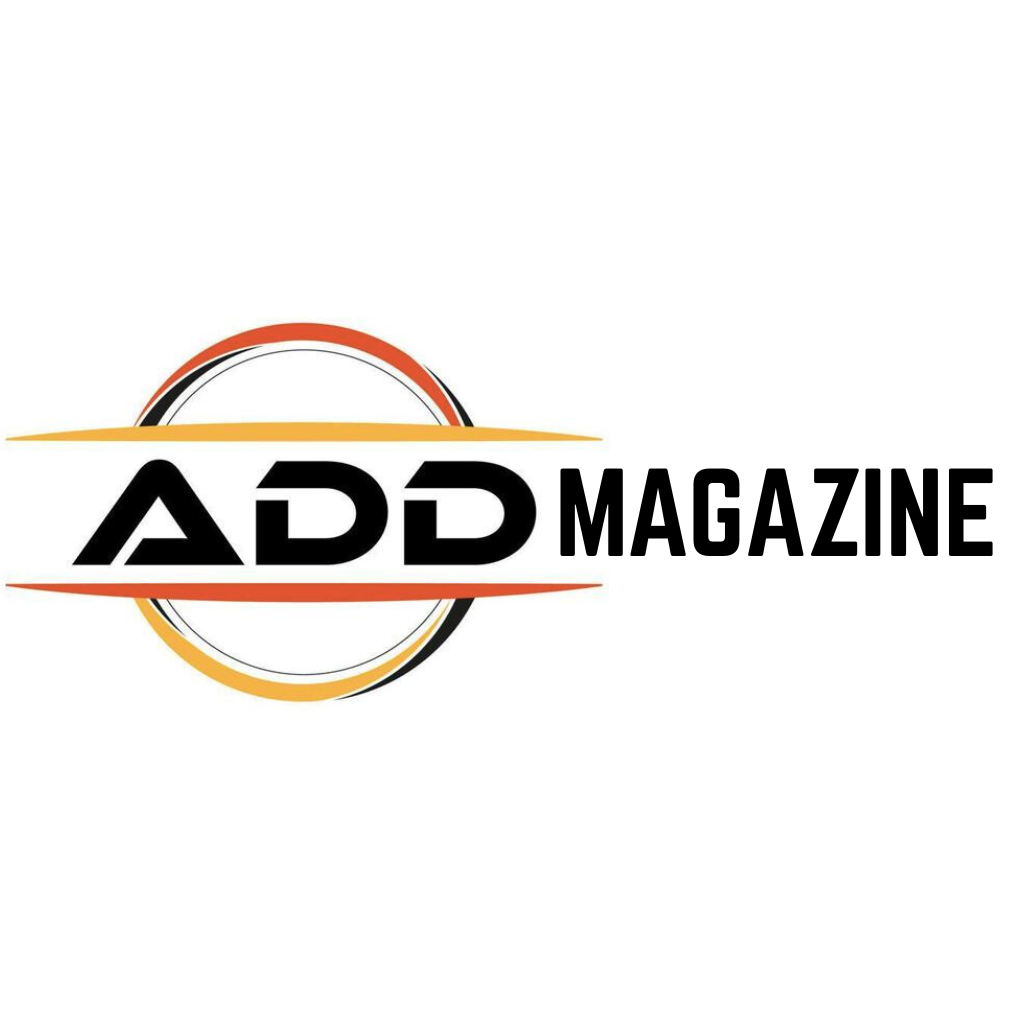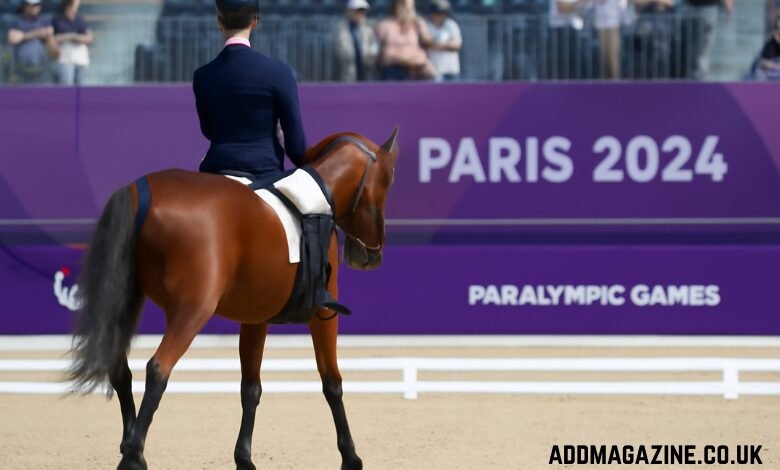The Paralympic Games stand as a testament to the strength, resilience, and determination of athletes who overcome significant challenges. One of the most remarkable and graceful events within the Paralympics is equestrian, where riders with disabilities compete in dressage and other disciplines alongside able-bodied athletes. The 2024 Paris Paralympic Games are set to continue this tradition, highlighting not only the incredible bond between rider and horse but also showcasing how adaptive equestrian sports are evolving and becoming more inclusive.
In this article, we will delve into the Equestrian Paralympics 2024, its schedule, the results, the medalists, and the unique stories behind the riders and horses that make this sport truly exceptional.
Introduction to Equestrian Paralympics 2024
Equestrian events in the Paralympic Games are governed by the International Paralympic Committee (IPC) and the Fédération Equestre Internationale (FEI). The sport is open to athletes with a range of disabilities, including those who have physical impairments, visual impairments, or a combination of both. The main event for equestrian Paralympians is dressage, a discipline where riders guide their horses through a series of precise movements, known as “tests.” This requires an extraordinary level of skill and coordination between rider and horse, making it one of the most exciting events to watch at the Games.
The Paris 2024 Paralympics will feature equestrian competitions that aim to bring attention not only to the athletic ability of these incredible athletes but also to the unique relationship that exists between the riders and their horses. In preparation for these games, much focus has been placed on ensuring that athletes have access to the best equine partners that can adapt to their specific needs and riding techniques.
Equestrian Paralympics 2024: The Event Schedule and Results
The equestrian competitions at the 2024 Paralympic Games will span several days, beginning with the qualification rounds and culminating in the medal events. The events are scheduled to take place at the iconic Château de Versailles, adding an air of grandeur to the competition. The schedule is designed to accommodate both individual and team events, giving athletes the opportunity to compete in both.
The main categories in equestrian are divided into grades, with each grade reflecting the level of impairment of the riders. These grades include Grade I, Grade II, Grade III, and Grade IV. The athletes in each category will perform dressage tests that vary in difficulty, depending on their grade. The final results are calculated based on the rider’s performance and the horse’s ability to execute the required movements with precision.
The 2024 event is expected to witness fierce competition as riders like Jody Schloss (Canada), Rebecca Hart (USA), and Rixt van der Horst (Netherlands) will be aiming for gold. In addition to the excitement on the track, the emotional and personal stories behind the riders and their horses will certainly be a highlight, as these athletes forge deep bonds with their equine partners.
Equestrian Paralympics 2024: Medalists and Highlights
Equestrian athletes at the 2024 Paris Paralympics will compete for glory, and several riders are already making a mark in the lead-up to the Games. As of now, we can expect key competitors, like Jody Schloss and Rebecca Hart, to be favorites in the event.
One standout story is that of Jody Schloss, who competed in the 2020 Paralympic Games in Tokyo and is now preparing for her next shot at the podium. Schloss’s horse, El Colorado, has become a favorite among spectators and is expected to be one of the main contenders for the gold medal in the individual event – grade IV.
Rebecca Hart from the USA, who clinched her first gold medal in Tokyo, will also be a top contender at Paris 2024. Riding the horse Floratina, Hart’s partnership with her mount has grown tremendously over the years, and she is poised to defend her title at the 2024 Games.
On the international stage, Rixt van der Horst (Netherlands) is another rider to watch. With a neuromuscular condition called spastic diplegia, van der Horst’s partnership with her horse Royal Fonq has proven to be magical, as they continue to shine in international competitions. Their bond and ability to perform even when van der Horst experiences physical challenges make them one of the most inspiring pairs to follow.
Adapting to the Rider’s Unique Techniques: A Horse’s Best Friend
What sets equestrian Paralympics apart from other sports is the deep and often emotional connection between the athlete and their horse. The horses are not simply animals; they are partners in every sense of the word, helping to carry the riders through their most challenging moments.
For instance, Pepo Puch of Austria, a six-time Paralympic medallist, has a special bond with his horse Sailor’s Blue. After a riding accident left him with incomplete paraplegia, Puch’s horse became not just an equine partner but also a critical support system. “If I get out of balance in the seat, he goes under me and tries to bring me to the right balance,” Puch said. This partnership is a symbol of how adaptive equestrian sports allow athletes to overcome their disabilities through teamwork with their horses.
Likewise, Heidemarie Dresing of Germany, who lives with multiple sclerosis, relies on her horse Dooloop to help compensate when her condition affects her stability. Dooloop’s responsiveness to Dresing’s changes in posture helps her maintain her composure throughout the competition.
This sense of mutual trust and understanding between horse and rider is crucial to the sport. Horses like Royal Fonq and Diamond Dunes have earned the trust of their riders, proving that in equestrian sports, a horse is more than a mere tool; it becomes a partner who adapts to the needs of the rider, no matter their condition.
Finding the Perfect Match: Horses and Riders
The process of finding the right horse is unique to each rider. For example, Jody Schloss spoke about how she found El Colorado, an Appaloosa gelding that immediately captured her attention. Schloss said, “He was the first horse I tried, and he was so good.” The bond was instant, and the connection between them only grew stronger over time. This type of instant connection is often called “love at first sight,” and for many riders, it is how they find their perfect equine partner.
Likewise, Rixt van der Horst and Royal Fonq share a similar experience, as van der Horst remarked, “You know it from minute one. You sit on him and you know, you click.” This connection is crucial in Para-equestrian sports, where the horse’s adaptability to the rider’s disability is a key factor in success.
Equestrian Paralympics 2024: More Than Just a Sport
Beyond the competition itself, the equestrian Paralympic events serve as a powerful reminder of the human spirit’s ability to overcome adversity. For riders like Rebecca Hart, Jody Schloss, and Pepo Puch, their journey is not just about winning medals but about overcoming personal obstacles with the help of their horses.
Horses are, in many ways, the unsung heroes of the equestrian Paralympics. They are partners in every sense of the word, helping athletes with disabilities feel empowered and capable of achieving things they may have never thought possible.
Conclusion
As the 2024 Paris Paralympic Games draw closer, equestrian sports will undoubtedly capture the hearts and imaginations of millions around the world. The event’s uniqueness lies in the partnership between athlete and horse, with each pair creating their own story of success, struggle, and triumph. Whether it’s the first-time competitors like Fiona Howard and Katrine Kristensen or seasoned veterans like Pepo Puch, the 2024 Paralympics promise to be a showcase of skill, heart, and dedication.
As we look forward to the Games, we can expect to see not just medals and accolades, but stories of connection, perseverance, and the indomitable spirit of athletes who, with their horses by their side, are proving that anything is possible.




